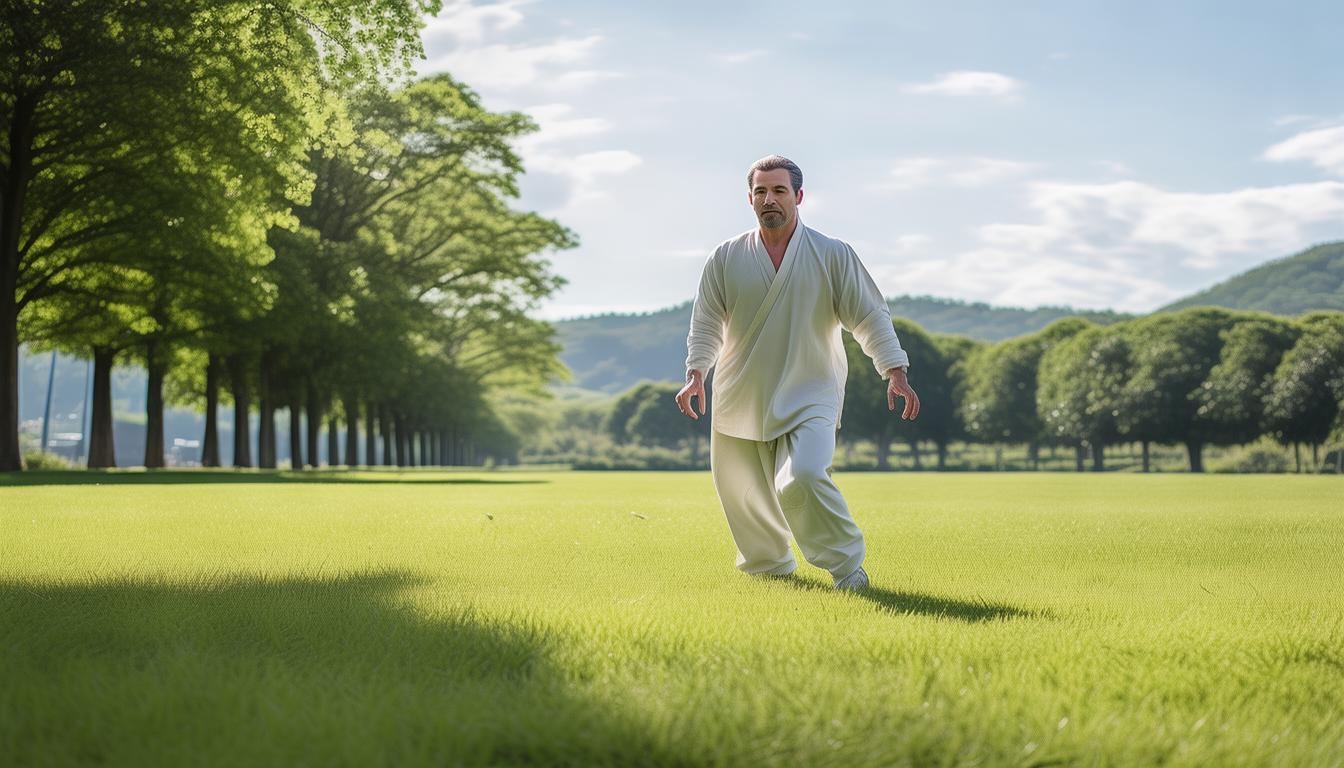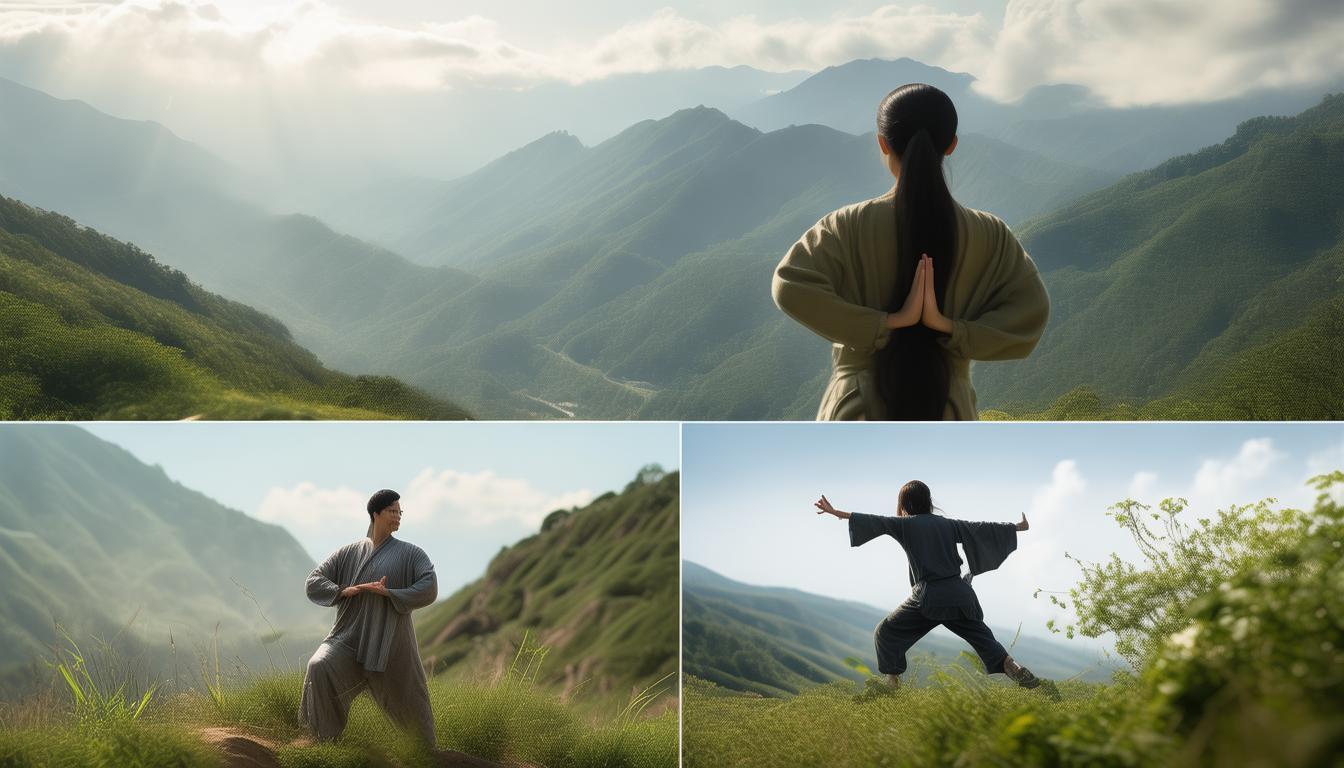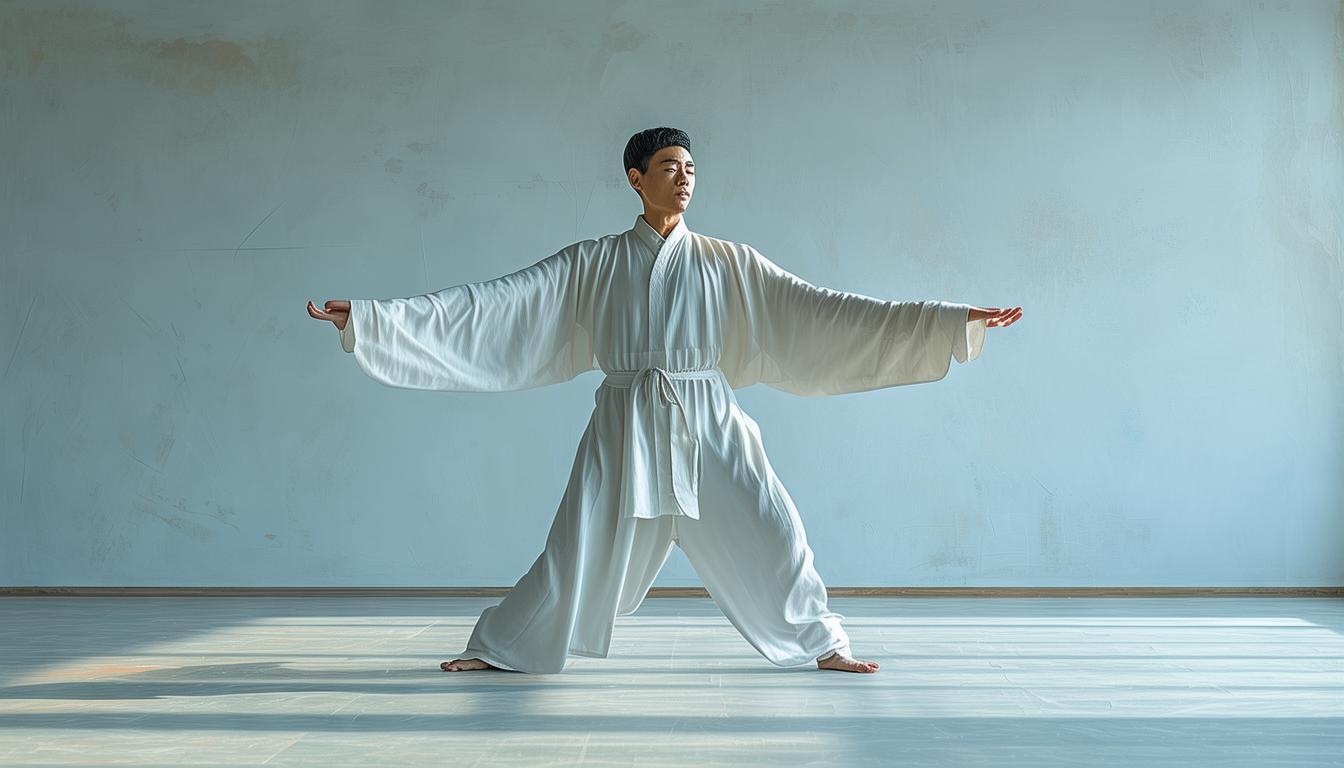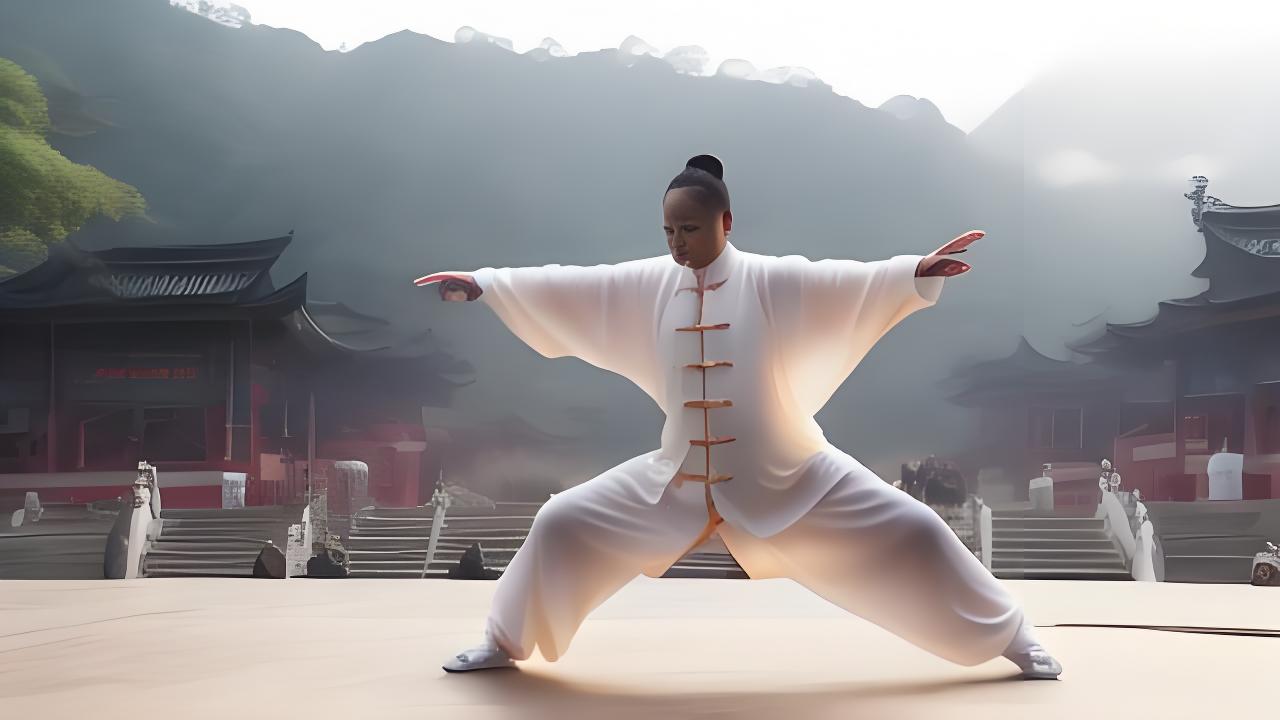
Qigong And Tai Chi: Traditional Health Preservation Methods Originated From China. What Is The Charm?
Qigong and Tai Chi, two traditional health training methods originated from my country, contain profound Eastern wisdom and philosophical concepts. They not only help to strengthen physical fitness, but also improve personal cultivation, and are therefore widely loved around the world. Next, we will dive into their respective charms.
History origin
Qigong has a long history and its origin can be traced back to ancient times, when people carried out self-body and mental exercises to adapt to the natural environment and resist diseases. As time goes by, this activity continues to evolve and accumulate, and many sects have emerged. Tai Chi, as one of them, originated in the late Ming and early Qing dynasties, was created by martial artists who combined theories of Yin and Yang and Five Elements, meridians and other theories. It is still inherited and has become a valuable asset in Chinese martial arts.
My grandfather began to practice qigong when he was young. He told me many interesting stories about practicing qigong in his early years, and the deep feelings of the older generation towards this traditional qigong have long been integrated into their bones.
Fitness effects

Qigong optimizes human body functions and improves immunity by adjusting breathing, concentrating minds and standardizing postures. Many practitioners have found that their sleep quality and mental outlook have improved significantly. Tai Chi emphasizes the integrity and coordination of the body. With the help of slow and gentle movements, Parkinson Tai Chi exercises the muscles and joints of the whole body, which is of significant benefit to the cardiovascular and respiratory system.
I have a friend who used to be weak in physical condition, but since he started practicing Tai Chi, his physical condition has improved significantly. Now, even when he goes upstairs, he feels breathing smoothly and is no longer panting like before.
Key points for practice
Qigong practice focuses on calming the mind and relaxing the body, abandoning distracting thoughts, so that the body and mind can achieve peace, so as to guide the flow of the air more effectively. In addition, breathing skills are also critical and need to be gradually adjusted according to the exercises. When practicing Tai Chi, you need to keep your posture correct, your movements are coherent, your breathing and movements are coordinated and synchronized, and each movement needs to be accurate.
When I was first practicing Tai Chi, the master always paid attention to my movements and corrected them immediately if there were any deviations.
Cultural connotation

Qigong combines the Taoist concept of "harmony between man and nature" and the theory of internal organs and meridians of traditional Chinese medicine, aiming to seek harmonious unity between body and mind, and to integrate with the harmony of nature. Tai Chi shows the philosophical thought of yin and yang generation and hardness and softness complement each other, and reflects the Chinese's unique insights into the mysteries of the universe and life.
Once, I talked to an elder. He practiced a set of Tai Chi, and then told me that this set of boxing contains the wisdom of the ancients. Tai Chi Courses Online at the time, and I felt very profound about it.
Social significance
Whether it is the Qigong class or the Tai Chi club, it has set up a social stage for enthusiasts. Everyone exercises together and shares their experiences, which not only deepens their friendship, but also achieves mutual supervision and practice together. Many people make like-minded friends here, making their retirement life no longer feel lonely.
Have you or those around you ever tried practicing Qigong or Tai Chi? If you think this article is helpful to you, please remember to like and forward it.





